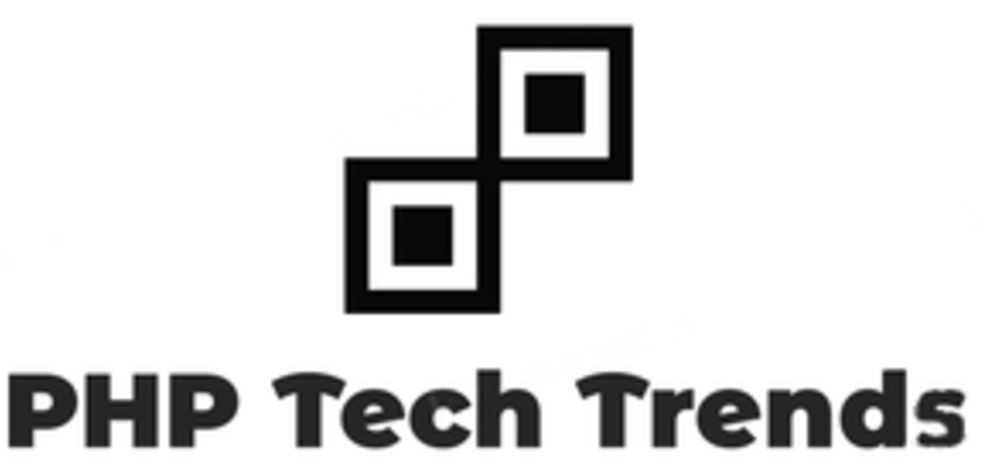Are you safeguarding your PHP applications against sneaky cyber threats? Brace yourself as we delve into the realm of CSRF attacks and the crucial role front-end security plays in fortifying your PHP projects. Stay tuned to uncover essential CSRF protection techniques that can shield your applications from malicious exploits. Let’s armor up for a secure coding journey!
Understanding the importance of front-end security in PHP applications
Front-end security plays a crucial role in PHP applications, safeguarding them against potential threats like Cross-Site Request Forgery (CSRF). By focusing on front-end security measures, developers can prevent unauthorized actions and data breaches. It’s essential to prioritize security from the initial stages of application development to ensure robust protection.
PHP applications often interact with databases and sensitive information, making them vulnerable targets for cyber attacks. Front-end security mechanisms such as CSRF protection techniques help mitigate these risks by validating user requests and ensuring they originate from trusted sources. Implementing stringent security practices is imperative to maintain the integrity and confidentiality of user data.
Developers must stay informed about evolving cybersecurity threats and regularly update their front-end security protocols. By adopting best practices and staying proactive in addressing vulnerabilities, PHP applications can enhance their resilience against malicious attacks. In today’s digital landscape, prioritizing front-end security is not just an option but a necessity for safeguarding user privacy and maintaining trust in online platforms.
Common CSRF protection techniques
CSRF (Cross-Site Request Forgery) attacks can pose a serious threat to the security of PHP applications. To combat this vulnerability, there are several common techniques that developers can implement to protect their front-end from malicious activities.
One popular method is the use of CSRF tokens, which are unique tokens generated by the server and included in forms or AJAX requests. These tokens act as a secret key that must be validated before processing any sensitive actions, effectively preventing unauthorized requests.
Another technique involves setting same-site cookies to restrict when browsers send cookies during cross-origin requests. By limiting cookie access to only same-site origins, developers can reduce the risk of CSRF attacks exploiting session data.
Implementing proper HTTP headers like Content Security Policy (CSP) and X-Frame-Options can help mitigate potential vulnerabilities by restricting how resources are loaded on a webpage and preventing clickjacking attacks.
By incorporating these common CSRF protection techniques into your PHP application, you can enhance its front-end security and safeguard against malicious exploitation.
Implementing CSRF tokens in forms and AJAX requests
When it comes to protecting PHP applications from CSRF attacks, implementing CSRF tokens in forms and AJAX requests is a crucial step. These tokens act as a unique identifier that helps verify the authenticity of each request sent to the server.
In forms, you can generate a random token and include it as a hidden field. When the form is submitted, the server will validate this token to ensure that it matches the one generated for that session. This simple yet effective technique adds an extra layer of security to your application.
For AJAX requests, you can include the CSRF token in the headers or data payload. By verifying this token on the server side before processing any sensitive actions, you can prevent malicious actors from exploiting your application through cross-site request forgery.
By incorporating CSRF tokens in both forms and AJAX requests, you significantly reduce the risk of unauthorized actions being performed on behalf of authenticated users.
Best practices for maintaining front-end security in a PHP application
When it comes to maintaining front-end security in PHP applications, there are some key best practices to keep in mind. One important practice is to regularly update your PHP framework and libraries to ensure that you have the latest security patches.
Implementing HTTPS on your website can help encrypt data transmitted between the server and the client, adding an extra layer of security. It’s also essential to sanitize user input by validating and filtering all user-supplied data before processing it.
Using secure session management techniques like setting appropriate session timeouts and regenerating session IDs can prevent unauthorized access. Conducting regular security audits and penetration testing can help identify any vulnerabilities in your application before they are exploited by malicious actors.
By following these best practices, you can significantly enhance the front-end security of your PHP application.
Conclusion
Ensuring front-end security in PHP applications is crucial to protect against CSRF attacks. By implementing CSRF protection techniques such as using tokens in forms and AJAX requests, developers can significantly reduce the risk of unauthorized actions being taken on behalf of users.
Remember, maintaining front-end security requires constant vigilance and adherence to best practices. Regularly reviewing and updating security measures, staying informed about the latest threats, and adopting a proactive approach to security will help keep your PHP application safe from malicious attacks.
By prioritizing front-end security and following the recommended guidelines outlined in this article, you can enhance the overall reliability and trustworthiness of your PHP application. Stay vigilant, stay secure!

